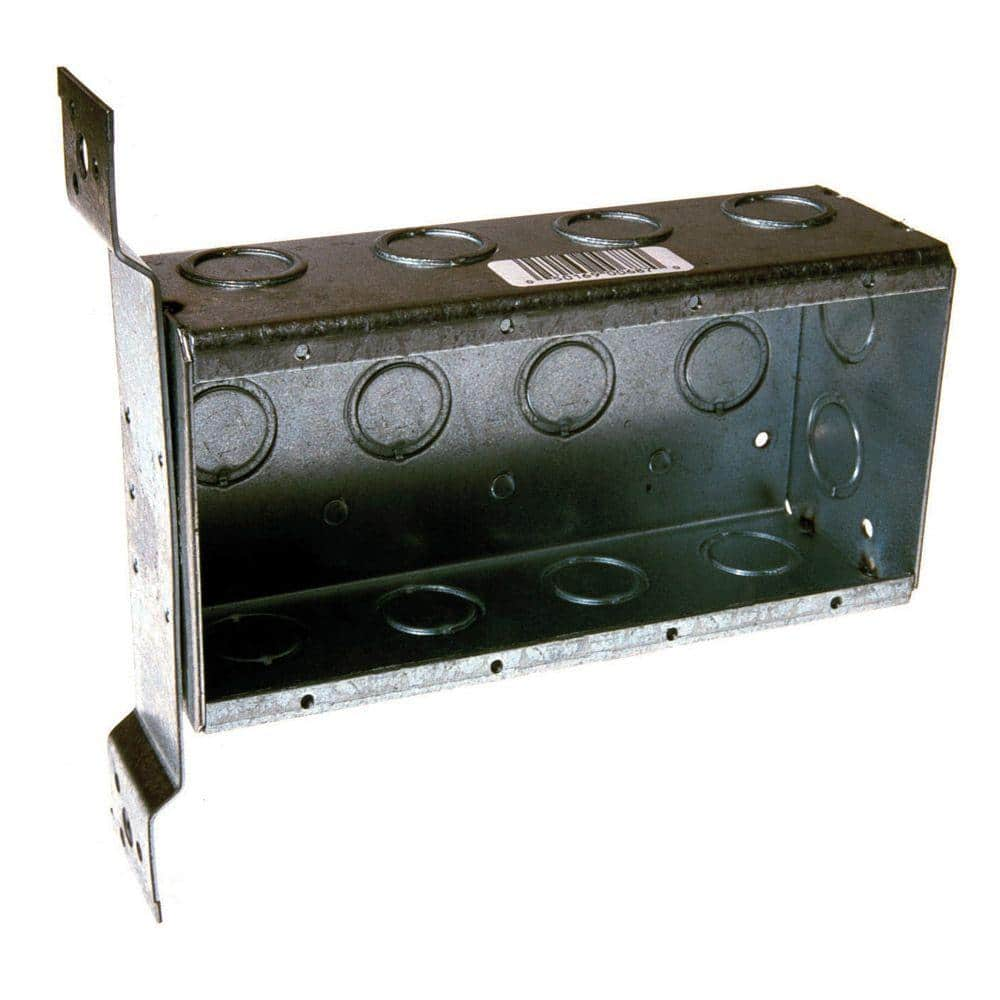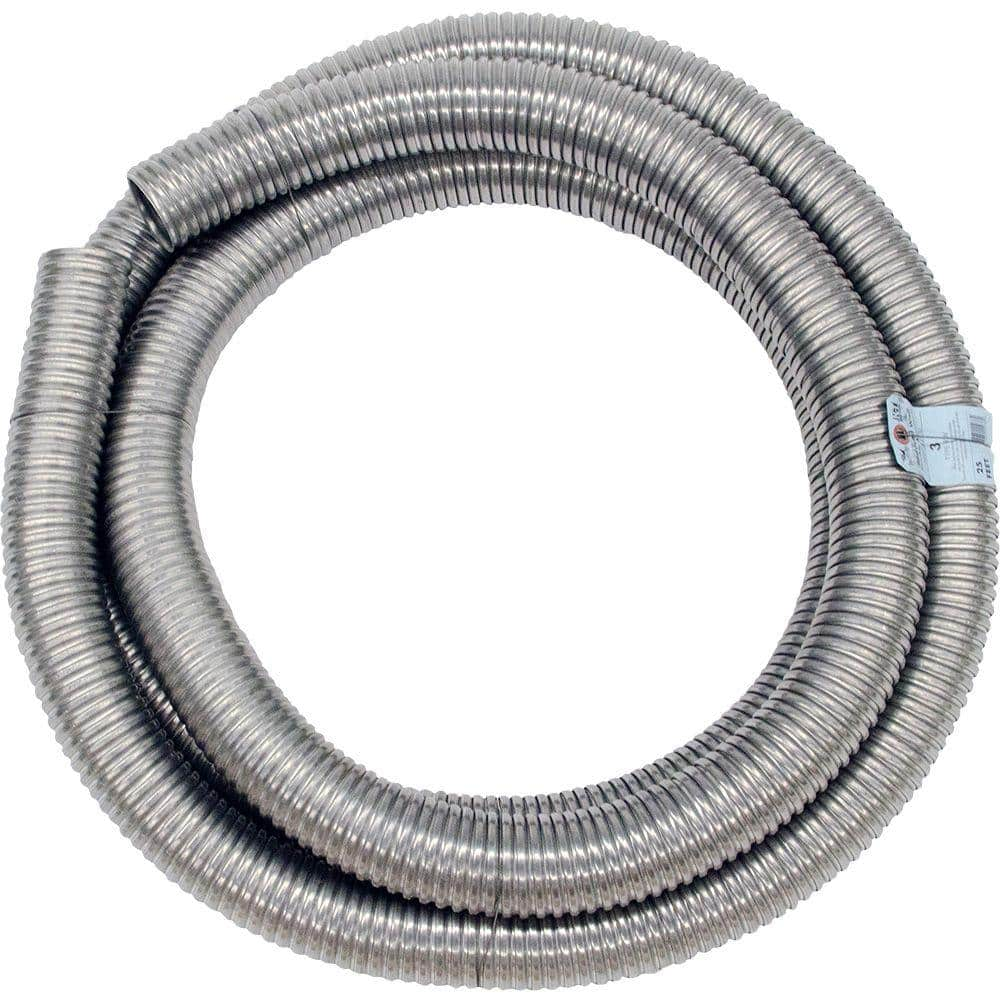Buying Guide
Types of Conduit
Conduitplays a vital role in protecting your home. It comes in rigid and flexible forms made from metal and other materials for use in different applications, most often for protecting outdoor or exposed wires or cables.
This guide highlights the different types and materials used to make electrical conduit and the accessories often used with conduit.
Related Products

The two main types of metallic conduitare rigid and flexible. Rigid conduit offers solid protection, while flexible metal conduit allows for bends and twists without the use of extra hardware.
- Rigid metallic conduit is most often used in commercial applications but can be a smart choice for straight runs of wire or cable through an attic, garage, basement or crawlspace.
- It protects against nicks, cuts and punctures to wiring from accidents or chewing animals.
- Examples are electrical metallic tubing (EMT), which is lightweight and easy to install; intermediate metallic conduit (IMC), which has a thicker, galvanized wall, making it suitable for outdoor applications; and galvanized rigid conduit (GRC), which is thickest and offers the most protection.
- Flexible metallic conduit bends and twists easily, allowing turns at corners without the use of elbow joints.
- Prewired conduit, or armored cable, offers an all-in-one solution with the wires already running through it.
- Metal electrical boxes must be used with metal conduit.
Tip: Running a green grounding wire is recommended, though code may allow the metal conduit itself to serve as grounding conductor.

Nonmetallic conduitalso comes in rigid and flexible types.
- Nonmetallic conduit is typically made from PVC and is a good choice for outdoor residential applications.
- Blue electrical nonmetal tubing (ENT) is for indoor use only. Some code-compliant PVC fittings can be used with ENT inside walls, floors, some ceilings or encased in concrete.
- Outdoor flexible nonmetallic tubing is strong, watertight, non-corrosive and weighs less.
- Metal or plastic boxes can be used with nonmetallic conduit.
- Always run a ground wire when using PVC conduit.
| Description | Feature/Benefits | Other Considerations | |
| HDPE (High Density Polyethylene) - Corrugated Pipes | HIGH-DENSITY POLYETHYLENE (HDPE) | Lightweight and durable. Highly resistant to corrosive elements. Often used for data and communications cables. | Good for in-ground use. Not used indoors. |
| Metallic - 10 ft. - Galvanized Steel - Conduit | INTERMEDIATE METALLIC CONDUIT (IMC) | Thick, galvanized walls make it a good choice for exposed outdoor use. Can also be used indoors. Weighs less than GRC, so it’s easier to work with. | Approved for all interior applications. Can be used outside. |
| channel raceways | RACEWAY | Available in metallic and nonmetallic. Runs across the surface of walls, allowing you to run cables and wires without cutting into the walls. Good for installing new switches, home theater systems, telephones and more. Can be painted to blend with existing decor. | Use indoors for electrical or telephone wires, or audio, video data cables. |
| armored cable | FLEXIBLE ARMORED CABLE | Pre-wired conduit. Metallic sheath. Spiral construction for high degree of flexibility. Metallic armored cable is commonly known as BX or MC. | For indoor use. |
| PVC - Conduit | PVC | Won’t corrode or rust. Requires a separate grounded wire. Most economical solution. Most common choice for electricians. | Can be used indoors in walls or ceilings and outdoors. Good for in-ground and above-ground use. |

Additional types of conduit include the following:
- Electrical Metallic Tubing (EMT) is lightweight steel tubing that is easy to install and can be bent or cut with the appropriate tools. EMT conduit is more affordable than IMC or GRC, but its thin walls are more easily punctured. It is most often used in dry interior spaces, but it can be used in damp locations with corrosion-resistant hardware and rain-tight fittings.
- Flexible Metal Conduit is easy to install and has a spiral construction for a high degree of flexibility. Commonly referred to as “Greenfield,” it’s useful in places where rigid conduit is difficult to install. It’s also a good choice for vibrating equipment, such as heating and air conditioning units.
- Galvanized Rigid Conduit (GRC) offers the highest level of protection at a higher cost. Available in galvanized aluminum, galvanized steeland stainless steel, it’s good for straight runways. Its threaded ends require threaded fittings. This rigid metal conduit is approved for all interior applications but can also be used outside.
- Liquid TightConduit is available in both metallic and nonmetallic configurations; the metallic configurations generally have a plastic coating to prevent water from penetrating. It protects wires from moisture and is intended for use in wet or corrosive locations indoors and out.
Choosing the best types of conduit for your home can ensure that your electrical wiring is protected. Installing the correct conduit systems can keep your power running efficiently. If you want to know more about the conduit used for outlets, check out our guide on Electrical Outlet Types.
Need help identifying a tool or material? Find products fast with image search in The Home Depot app. Snap a picture of an item you like and we'll show you similar products.

